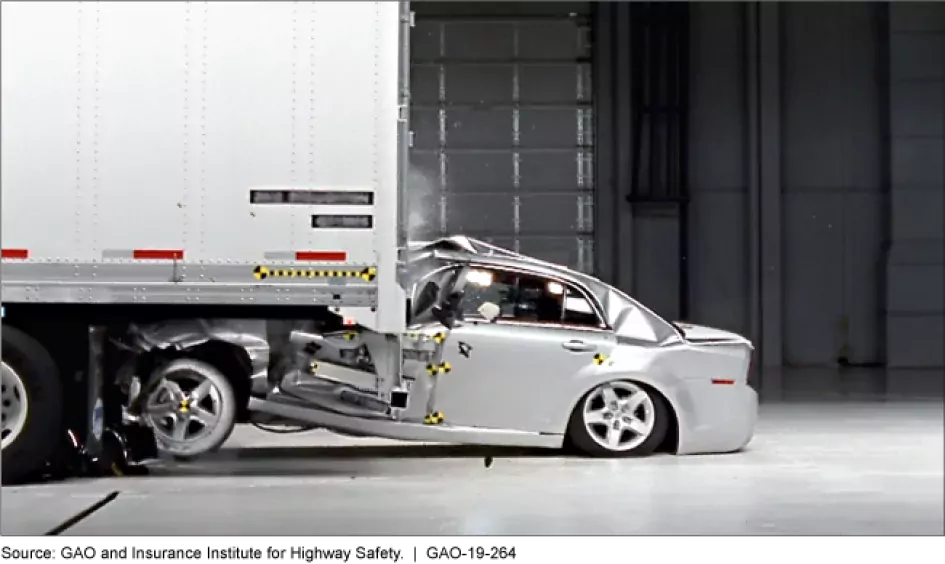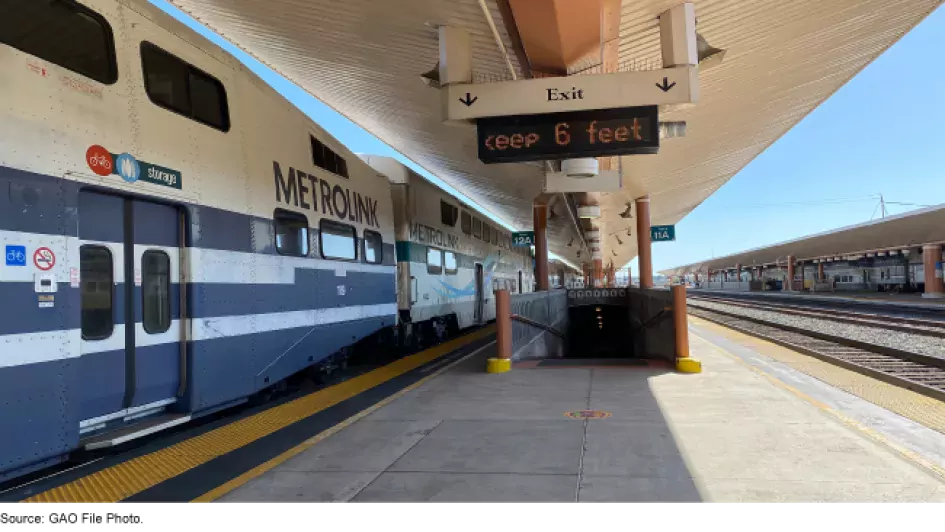During COVID-19, Road Fatalities Increased and Transit Ridership Dipped
Empty streets, highways, and transit systems were a visible effect of the pandemic on our daily lives. Despite how quiet our roads got at the onset of the pandemic, they also became more dangerous.
Today’s WatchBlog post looks at recent data on traffic safety, and our recent reports on the pandemic’s effects on public transportation and how the federal government has responded to these impacts.
After a long period of decline, traffic fatalities have increased even as many switched to working from home
If you’ve been driving around during the pandemic, you have probably noticed that there have been far fewer cars on the road over the past 18 months. While that might seem like a good thing for safety (fewer cars means fewer crashes, right?), traffic fatalities have increased since the pandemic started.
The Department of Transportation’s National Highway Traffic Safety Administration (NHTSA) reported that traffic fatalities during the first half of 2021 increased 18.4% since the first half of 2020. The estimated 20,160 fatalities during the first half of last year is the highest since 2006.
Why might this be happening? It’s not clear yet why there have been more fatalities on the road over the past two years. According to preliminary research by NHTSA, people who continued to drive during the pandemic may have engaged in riskier behavior including speeding, failure to wear seat belts, and driving under the influence of alcohol or other drugs.
Historically, these are some of the most frequently cited causes of traffic fatalities. For example, NHTSA estimated 47% of passengers killed in 2018 were not wearing a seat belt, and the CDC reported that drugs other than alcohol are involved in 16% of motor vehicle crashes.
To help the federal government see the big picture, GAO has done work on traffic safety over the past two decades, from the causes of crashes (drug-impaired driving, grade crossings, truck underrides), to the effectiveness of preventative measures (pedestrian crash avoidance technologies, alcohol ignition interlocks, guardrails), and more.
In a simulated truck underride crash, a sedan slides under the back of a tractor-trailer.
Image

Public transit ridership and revenue fell dramatically at the onset of the pandemic and have yet to fully recover
Rail has been one of the hardest hit transit modes—which include buses, subways, light rail, commuter rail, trolleys, and ferries—as pandemic-related restrictions and workplace flexibilities resulted in steep declines in ridership. Commuter rail agencies reported a 79% decline in ridership, on average, from September 2019 to September 2020. While ridership has improved a little, it remained 59% below pre-pandemic levels as of September 2021.
Image

Transit agencies rely on a mix of funding sources including federal, state, and local funds, as well as rider fares and other agency-generated revenues. Congress approved nearly $70 billion to help public transit agencies remain operational for the millions of Americans that continued to rely on public transportation.
However, transit agencies we’ve spoken to generally expressed concerns that the shifts in commuting and increased telework could continue long after the immediate effects of the pandemic are over. This could continue to impact transit ridership and revenues in the years to come.
New infrastructure bill increases funding for both safety and transit
In November 2021, the Infrastructure Investment and Jobs Act was signed into law. The bill includes $5 billion for a new program to support local initiatives to prevent death and serious injuries on roads and streets, and approximately $39 billion in new funding to modernize the nation’s public transit system.
- Comments on GAO’s WatchBlog? Contact blog@gao.gov.






